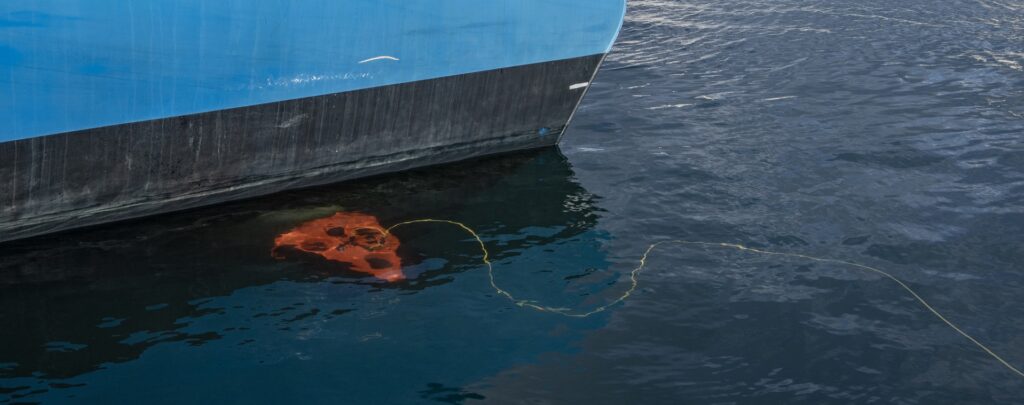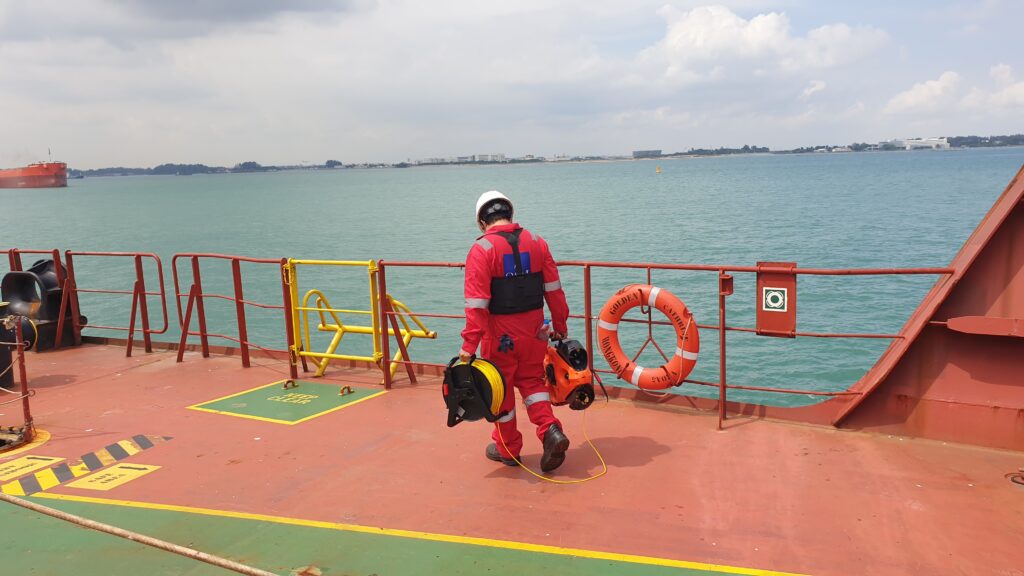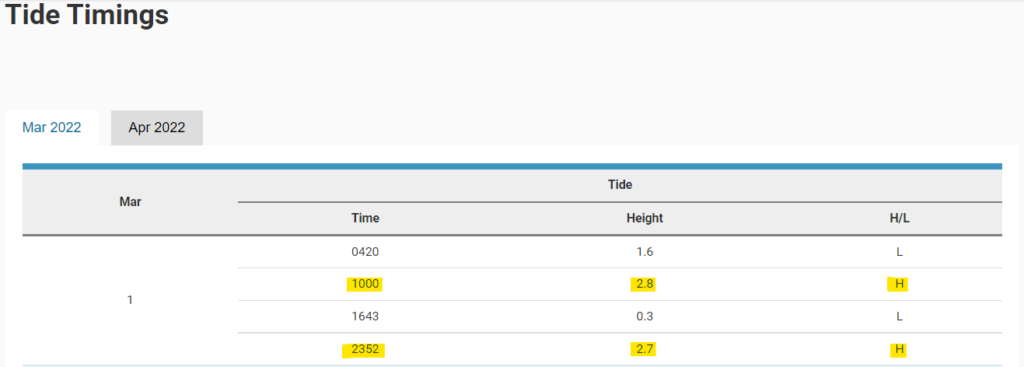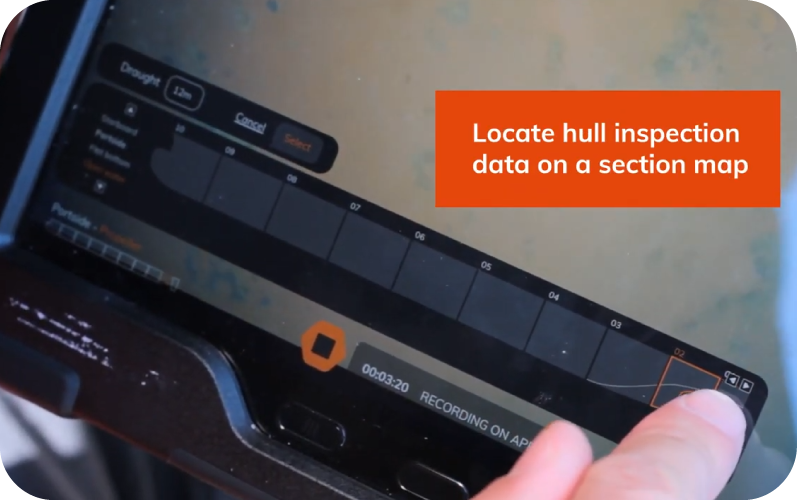
- Mar 9, 2022
- Thibaut Humbert
- Underwater drone news
- 0 Comments
ROV inspection for ship hulls cannot always be performed at terminals / ports… Terminals can be automated, with strict restrictions to human presence, or maybe the port call is too short for access to be granted at berth for an underwater inspection. Therefore, all these factors can lead to a need for an in-water hull inspection to be done at sea.
However though, inspecting at anchorage can be much more complex. But with a powerful and agile ROV, and sound practices, you can make the most of your time and satisfy your clients needs.
Therefore, here are several best practices for ROV inspection of ship hull at anchorage, from our own experience. Hope you find them useful, and please don’t hesitate to share your own tips below in the comment section.
Under pressure, you don’t rise to the occasion, you sink to the level of your training. That’s why we train so hard.
Anonymous Navy Seal
Train, train, train
Nothing beats proper and regular training. In order to get comfortable with ROV inspection of ship hull at anchorage, it is advisable you clock in some experience doing simpler ones. Therefore, practice without current first, with a good water visibility, and on smaller ships… Likewise, it goes without saying that the ROV system and controller shortcuts should be no mystery for you. When the going gets tough, you want to be able to rely on your piloting ability and reflex, and avoid any mistake that could be avoided with adequate preparation.

Inspecting a ship hull with an ROV from launch / service boat
When it comes to deciding where to place your inspection vantage point for the ROV inspection of a ship hull, you need to assess different factors. We have summarized below the main pros and cons of launch boat Vs. on-ship. There is no silver bullet for this choice, it really depends on the conditions of the day, your relation with the ship owner / manager, etc…
| PROS | CONS | |
| INSPECTION FROM SERVICE BOAT | Ease of ROV launch Ability to move around hull |
Unstable conditions for ROV pilot Increased risk of motion/sea sickness |
| INSPECTION FROM SHIP | Stability & safety for pilot Ship facilities Eventual direct help from crew in case of an issue |
More pilot – hull distance Time and hazards of getting onboard ship ROV launch more complicated |

Managing currents when performing a ROV inspection of ship hull at anchorage
The biggest challenge when piloting at anchorage is probably managing the more or less strong currents your ROV will face and will make navigation more complicated.
Tip #1: Avoid currents altogether
Sea currents are at their lowest – theoretically – at slack high tide. So it is wise to take a look at he tide chart of the area in order to schedule your inspection at that time.
Let’s take a look at this chart:

Based on this chart, the best times for inspection (slack high tide) are 10h00 and 23h52. Since an inspection can take a few hours depending on the vessel’s size, you should also take advantage of the hours leading to, and following, high tide.
In my example, assuming a 2 hours window for the ship hull inspection, you could harness the 60 minutes before and after high tide, i.e.: 0900 to 1100 for the first window, and 2252 to 0052 window.
Tip #2 – Collect and gather observations
Now… The affirmation that currents are lowest high tide should be taken with a pinch of salt… Actual current strengths have a lot to do with weather conditions, underwater topography, and many other factors too numerous to list here. Our word of advice is: talk with local experts (port authorities, marinas, fishermen, divers,…) and check your strategy with empirical evidence from locally experienced professionals.
Another advice: record the conditions you observe. Chances are, not many people know about currents at your work location, so it is always beneficial to make your own observations and analysis. For example: you might notice that tides are delayed by one hour in the dry season, but come 30 minutes before tidal chart figures during wet season. As a result, you are building knowledge for your operations team, and maximize their efficiency over time.
Tip #3 – Don’t fight the current
ROV manufacturers do their best to design equipment that can withstand powerful currents. Hydrodynamic profiles are optimised, powerful batteries are created, hull servoing abilities are developed. With so many improvements over the years, compact ROVs can now operate efficiently in currents ranging from 0.75 to 1.5 knots.
If you are considering buying a ROV, take note: the maximum forward speed announced by manufacturer is not the sole metric by which you should evaluate for current ability. Why? Ships will be aligned with the current. Therefore, in order to look at the hull, you also need strong lateral thrusting force. Knocking on a hull will be a possibility too, so you need a stable, sturdy and reliable system too.
Even if you buy the best ROV in the market, at some point, it will become impossible to work against the current. So, what do you then? Do you pack your gear and go home?
Of course not.

As the wise and powerful martial arts Bruce Lee would argue, matching your opponent force is one thing, but to use it at your advantage is where mastery can be found.
Instead of fighting the current, go with it, or at least, don’t fight it full on. Otherwise your battery will drain much faster, and stability will be impaired, making your job extra hard. Using adapted standard operating procedures for the current will make a huge difference to our job.
For instance: instead of making cross-section transects, you could work on inspecting the vertical sides at a certain depth with a drift, stop and bring your drone up. Then, start again at an increased depth and repeat. Notilo Plus provides ship hull inspectors with different SOPs (Standard Operating Procedures) to optimise your inspections depending on the situation.
Specialised technology for ship hull inspection can help
Tip #4 – Hit more ship hull sections
Inspecting at anchorage usually means shorter operation windows. There is no point obsessing about getting a full coverage of a specific section. Biofouling levels, for instance, can vary significantly depending the on the depth of the hull. It is therefore more interesting to go visit other locations.
So don’t get too comfortable spending a lot of time on the propeller or any other section. Current might pick up. Jump quickly to the next section, and save your time, focus, and batteries.

Using a ROV piloting application that is specialised for hull inspection will also help you tick all the boxes and make sure you covered the most ground.
A smart compass, for instance, will allow you to use the vessels’ position to get points of reference in order to navigate it.
Tip #5 – Good technology can help
It is complicated to sustain your focus for hours. Looking at a screen whilst managing a robot being mistreated by currents under a hull. Therefore, every little help is welcome. If you have two pilots on side, take turns. If there is swell at sea, but you’re allowed to get on-board, get on-board and avoid motion sickness. And if you have access to advanced automation and acoustics technology, use it.
DVL-powered servoing has been adapted to ship hull inspections by Notilo Plus in order to simplify ROV piloting. In a nutshell, it means that the technology locks the distance between the hull and your ROV. It works as an assistant in the background that removes a dimension to the navigation. Add to this a depth-lock and a heading-lock and you can enable automatic lateral inspection. This will allow you to take a break from the joysticks and the screen, stretch your eyesight towards the horizon… Automation saves your energy and focus for more difficult navigation requiring human expertise, such as going around a propeller. It also saves you time and therefore, money…
Tip #6 – Experiment and share with the community
We hope this post was informative. If you are an ROV pilot, you probably have your own tips garnered from experience – so please feel free to share them with the community by dropping them in the comments section below.
And of course, stay safe!

